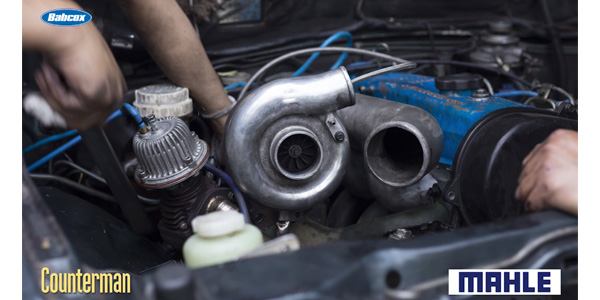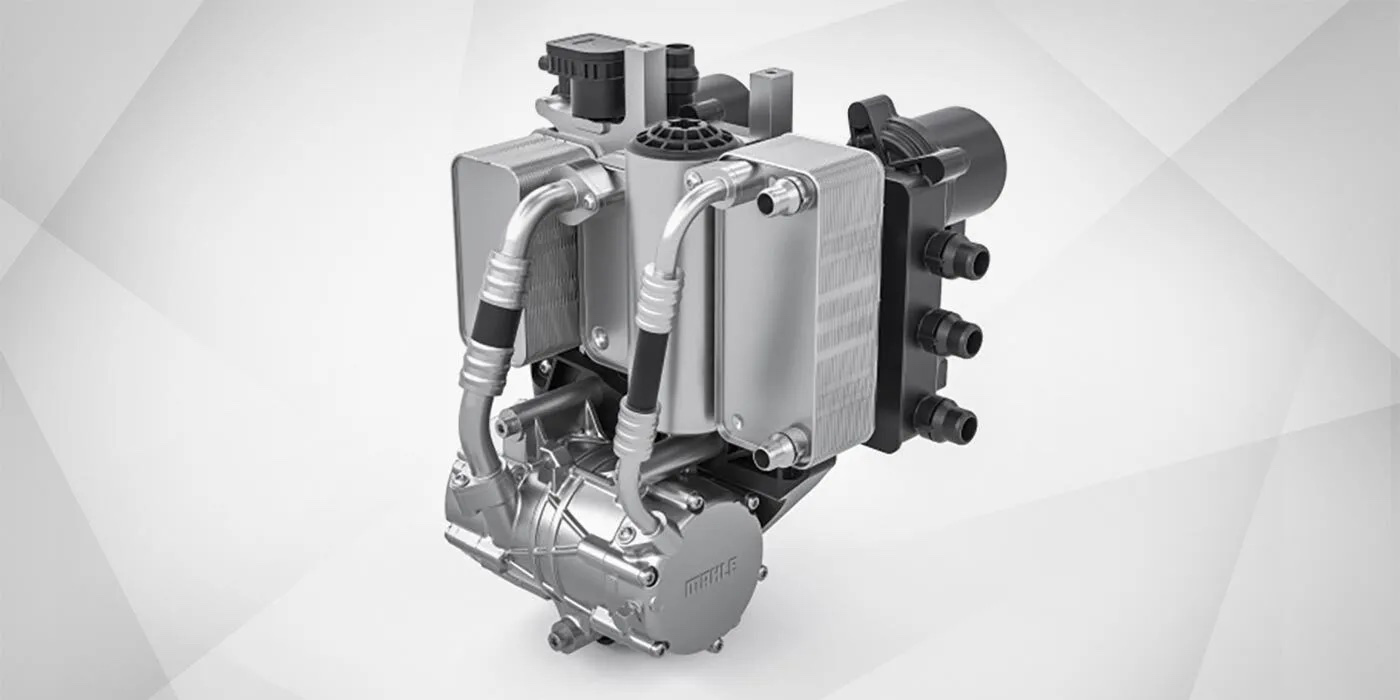This video is sponsored by MAHLE.
Turbochargers improve combustion efficiency by using exhaust-gas energy to pre-compress the intake air and supply a greater air mass to the engine. Turbochargers enable automakers to get more power and torque from smaller-capacity engines, while boosting gas mileage and reducing emissions. As the OEMs try to meet fuel-economy standards here in the U.S. and internationally, you can count on seeing a lot more turbocharged engines in both gasoline- and diesel-powered vehicles.
What does this mean for your customers? Probably the most important thing is they need to make sure they’re following the recommended service intervals for oil changes and using the oil recommended by the manufacturer. Turbochargers reach speeds up to 300,000 rpm, and the exhaust gases are coming in at temperatures up to 1,740 degrees Fahrenheit. So a constant supply of clean, fresh oil is absolutely critical in these extreme operating conditions. Insufficient lubrication can damage the bearings and seals and even cause pre-ignition, which can lead to catastrophic engine failure.
Because lubrication is so important to the proper functioning of a turbocharger, it’s also recommended that motorists give their turbocharged engine some time to lubricate before doing any spirited driving. When you start the engine, it takes about 30 seconds for the oil to completely flow through the oil circuit. So you should let the vehicle idle for about that long before revving the engine at high speed.
On the flip side, if you’ve been running the engine at high speeds, don’t shut it off immediately. Let the engine idle for a few seconds to avoid the possibility of the turbocharger continuing to run without sufficient lubrication.
Turbochargers are designed to last for the service life of the engine. Educating your customers can help them get the most out of this technology that’s making its way into more and more mainstream vehicles.













